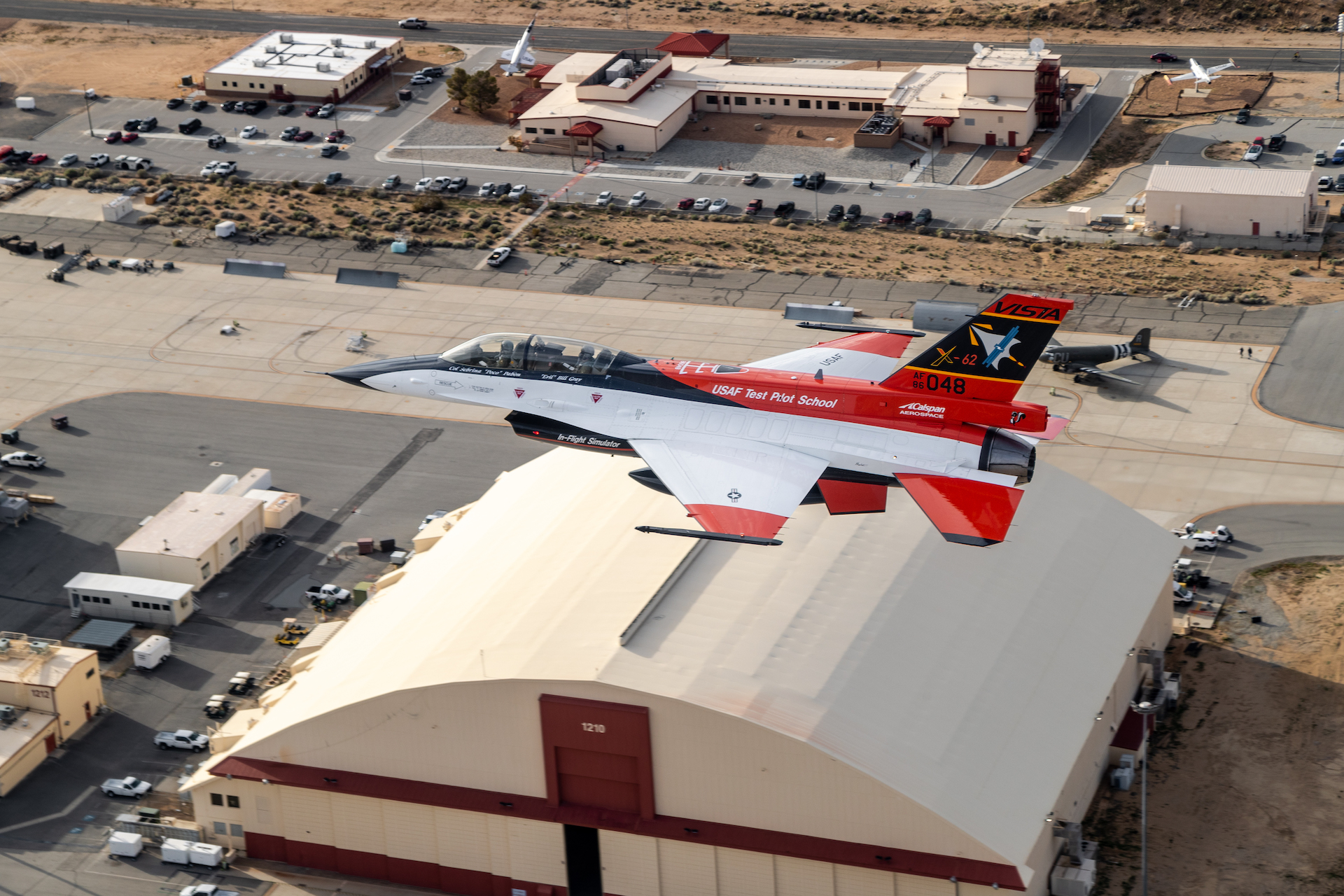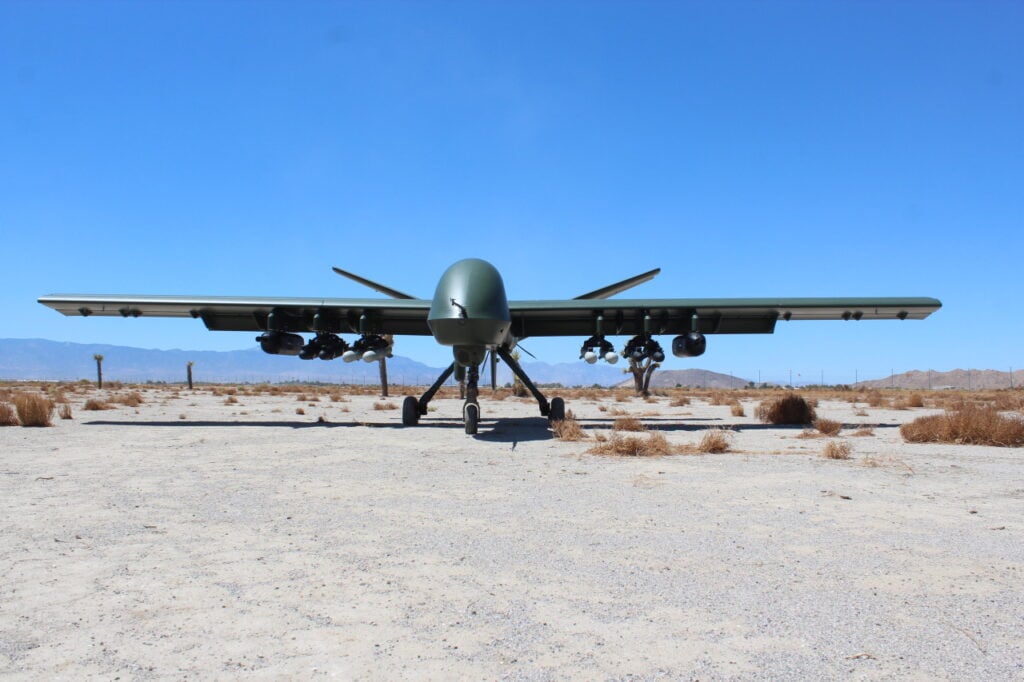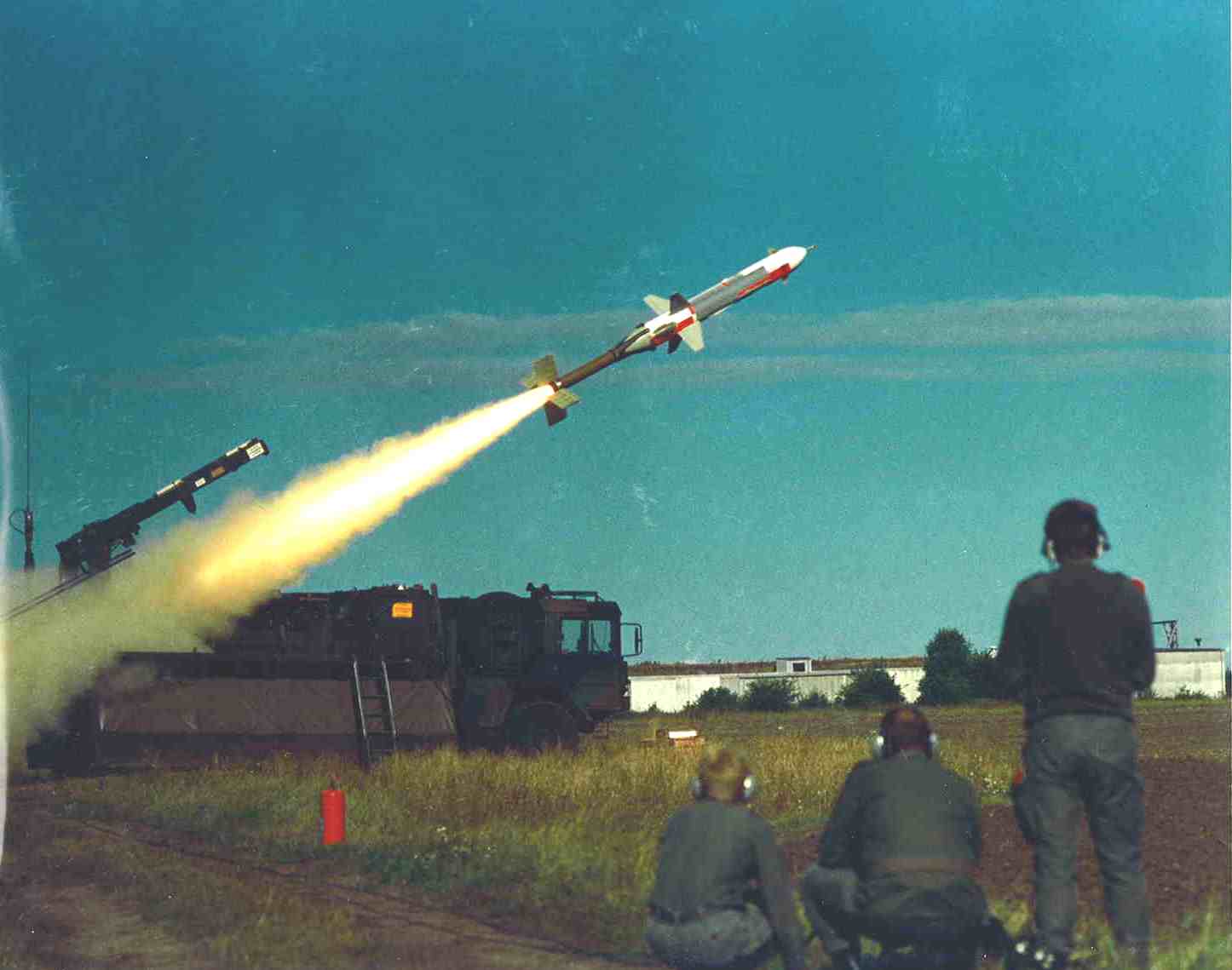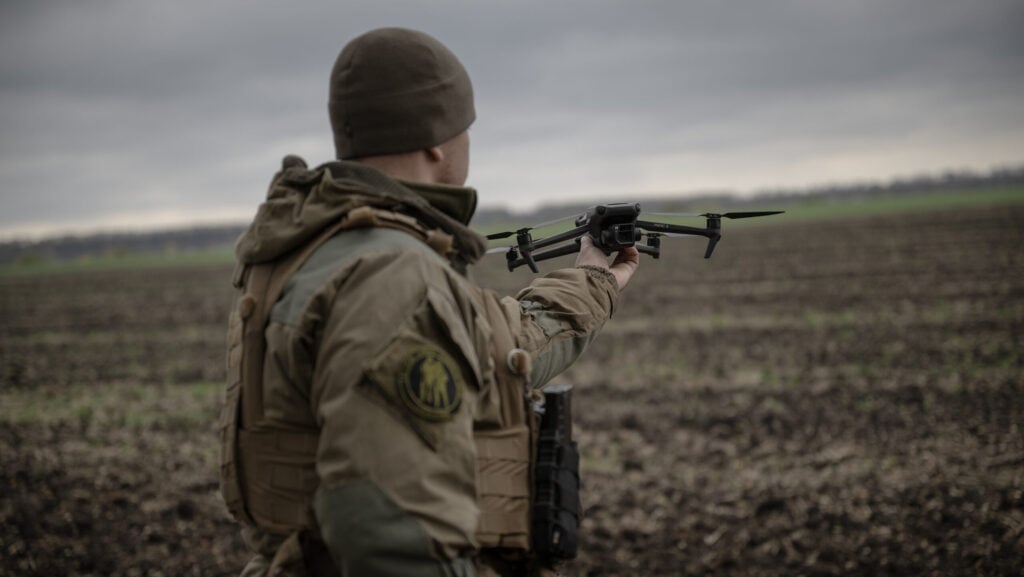Defense now outweighs offense, thanks to new tech: Army Futures Command
The realization may have wide-reaching implications for how the Army trains and equips its forces.
BY SAM SKOVE
STAFF WRITER
MAY 8, 2024
New battlefield technologies mean that the defense is “dramatically” stronger than the offensive, Army Futures Command head
Gen. James Rainey told reporters today.
“Technology is dramatically increasing the strength of the defense, at the same time, it is
dramatically complicating offense,” said Rainey, speaking on the sidelines of the Ash Carter Exchange, a
national security conference.
This
may mean Army units need to start using their tanks and infantry primarily to serve the needs of longer-range weapons such as artillery or rockets, Rainey added.
“When you are
maneuvering, it's going to be
to emplace fires,” said Rainey, a former infantry leader. “If it’s an Army formation, their big
advantage is going to be fires: rockets, cannons, joint fires, attack helicopters.”
While Rainey’s comments did not represent an official shift in U.S. doctrine, it would—if implemented—be a sharp change from the
Army’s customary approach.
Army doctrine more typically has emphasized using long-range weapons to help armored and infantry units launch aggressive, fast-paced strikes that
collapse enemy lines.
While the strategy worked well
against Iraq in 1991, both Ukraine and Russia have found themselves repeatedly
stymied in their current war by loitering munitions and other long-range weapons in
combination with advanced reconnaissance capabilities like drones or satellites.
Rainey isn’t alone in noting how new technologies make it harder than ever to launch effective assaults. Writing in the
Economist last year, Ukraine’s then commander-in-chief, Valerii Zaluzhnyi,
made a similar argument following the failure of Ukraine’s American-trained brigades to punch through Russia’s defenses in southern Ukraine.
In particular,
Zaluzhnyi noted Russia’s use of drones to coordinate artillery fire, Russian loitering munitions strikes, and electronic warfare against U.S.-made precision munitions.
Still, neither Rainey nor Zaluzhnyi have declared the death of the offensive yet.
“You can’t win on defense,” said Rainey. Instead,
offensive operations will need more preparation. “You're going to have to really put the work in to make sure you're successful.”
Rainey advocated for weapons similar to those advocated by Zaluzhnyi: more unmanned systems, long-range weapons, and better command and control.
Rainey also called out the need to provide
more unmanned systems for logistics, an approach the
Army is increasingly considering amid Marine Corps
fieldings of small logistics drones.
‘I'm very interested in heavy lift unmanned systems,” Rainey said.
“Heavy lift [unmanned aerial systems] is the answer to sustainment as much as watercraft are.”
Fielding any of these weapons, though, increasingly relies on the networks that pass Army data, Rainey said.
The “limiting factor is the network,” Rainey said.
The speed at which data can be passed has emerged as a key issue in Ukraine, with Russian advancements in passing intelligence back to fire units
resulting in the destruction of numerous advanced Western-provided systems far from the front line.

 www.forces.net
www.forces.net












